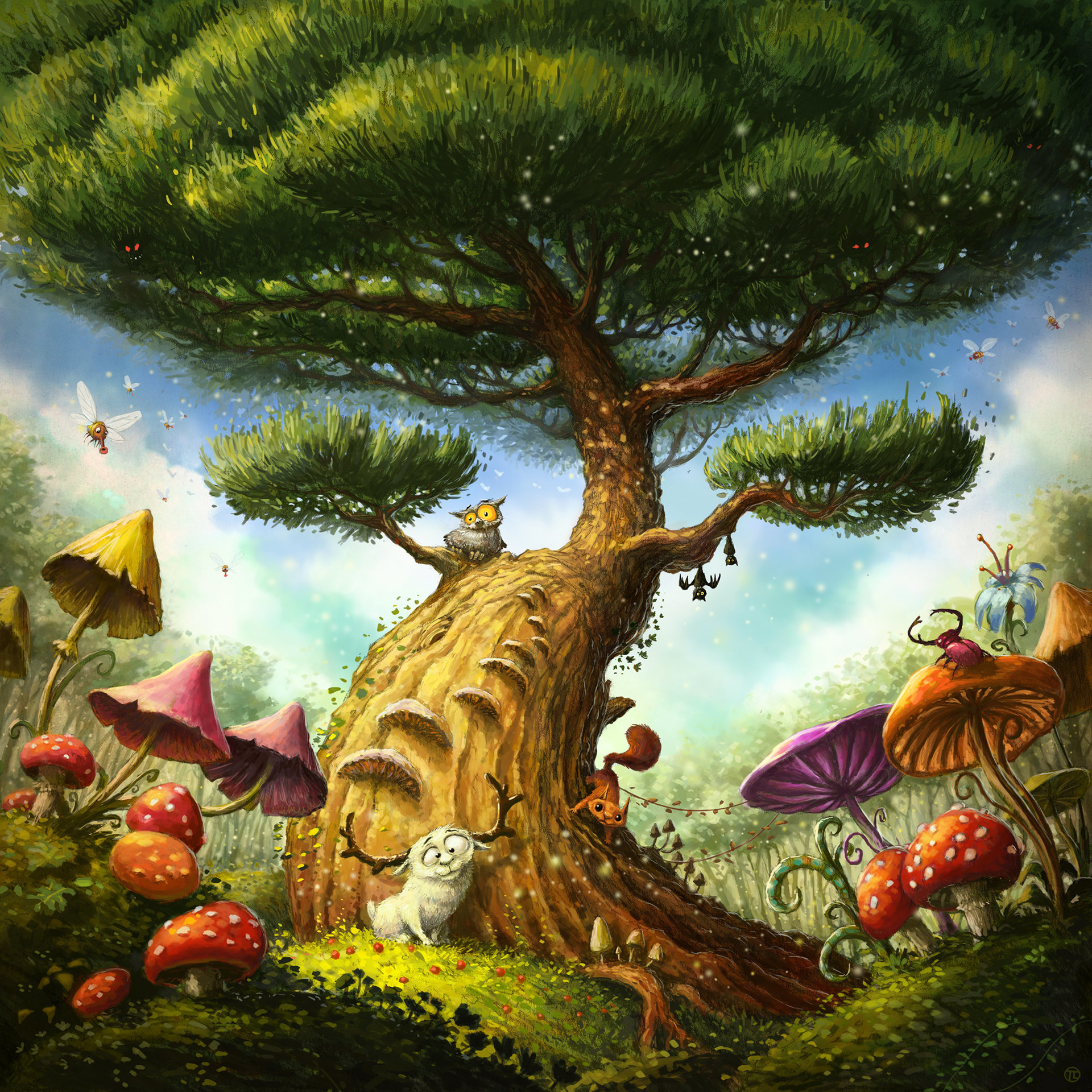

The reason for this was that the chieftains would hang their enemies or any deserter from it. The tree was normally planted on high ground by highland chieftains, so that the public could see it from a distance. The oak is known in Scotland as the ‘grief tree’ or the ‘gallows tree’.Hence, the branches are strongly supported by wooden uprights! It is believed that when the tree falls, the family’s direct line will come to an end. Lawrence family, the Earls of Howth, is associated with a large oak tree at Howth Castle in Co. The bark alone can be used for tanning leather, and is also used as kindling in the smoke house for curing bacon and fish. Cloth can be dyed black using oak bark and acorns.

Derry, the anglicised version of doire (the Gaelic for ‘oakwood’), is a frequent component of place names throughout Ireland.It is reputed to have fallen sometime before 600 AD. It was supposed to have been a son of the Tree of Knowledge, found in the Garden of Eden. Its name suggests that it was a yew, but this unlikely tree was reputed to be an oak which bore apples, acorns and hazelnuts. Eo Mugna was one of the five legendary trees of Ireland.Oak wood was also used extensively for barrel staves as well as for a number of domestic and other items, including a 7.5 metre long dugout boat which was excavated at Ballinderry. Likewise, some excavated toghers, or ancient trackways found across marshy ground, were constructed using split and shaped logs of oak laid on runners of alder. Some of the foundations were oak planks more than half a metre across and 10cm thick. A crannóg excavated at Ballinderry was found to have been constructed using oak piles. Oak has been identified at numerous Irish prehistoric sites, especially crannógs, which were artificial islands built in lakes or marshes.


 0 kommentar(er)
0 kommentar(er)
